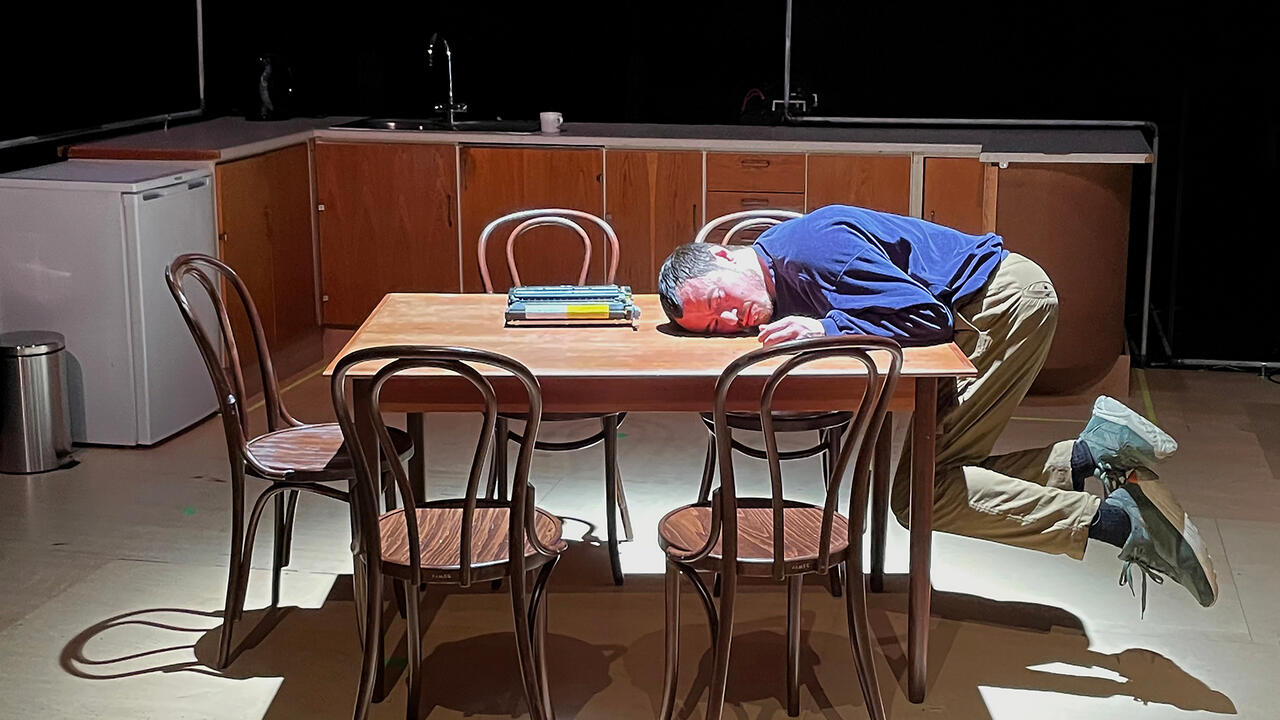The Tiny Sounds That Go Unheard
The late artist Knud Viktor painted a sonic portrait of the non-human world
The late artist Knud Viktor painted a sonic portrait of the non-human world

By running microphones out of his house and into the surrounding environment – up trees, into burrow holes, down mountainous slopes – the late Knud Viktor constructed complex sound works that aimed to represent both the interconnectedness of the natural world and the various modes through which he experienced it. Educated as a painter in Copenhagen, Viktor moved to Provence in the early 1960s. It was there that he turned away from the canvas and towards ‘sound painting’, recording and mixing the noises of the area: insects buzzing, wind blowing, animals scampering. Insisting on sound as a form of visual art and heavily influenced by impressionism, he sought to depict the landscape in all its otherness – and as a highly personal sensory experience.
Viktor released a pair of terrific records in the 1970s (Images and Ambiances, recently reissued by the Institute for Danish Sound Archeology), but the bulk of his work remains relatively unknown and largely inaccessible, in part because it’s quadrophonic, created with a homemade four-channel mixer that he named the ‘tetramix’. The eye-opening exhibition ‘Bjerget Synger’ (The Mountain Sings), at Museet for Samtidskunst in Roskilde, sets two of these quadrophonic works alongside stereo recordings, photographs, a four-channel video installation of spiderwebs and water drops and a payphone through which visitors can listen to beautiful recordings of tiny sounds that usually go unheard (a rabbit snoring, a worm eating an apple).

The show’s centrepieces are two half-hour ‘sound images’, entirely acoustic works that fill the space with swirling, detailed collages of animal and environmental sounds. Viktor conceived Image VI – The Luberon Symphony (1976) as a description of his life on the Luberon mountains: his auditory impressions, the natural clamour that formed the backdrop to his daily activities. Though many of the noises are recognizable (insects, wind, water), they are recontextualised and arranged with dramatic flair: moments of intense clatter fade into soft humming; an insect’s tranquil buzzing balloons into a swarming drone.
The second sound image, Image X – Falling Rocks (1984), is almost narrative in structure. Built from recordings of cliffs creaking, stones rattling down the mountain side, water running and wind roaring, it tells the sonic story of Luberon’s erosion. Viktor made these recordings over a long period, attentive to how changes in temperature and periods of precipitation affected the sounds. He then edited them into jarring, occasionally tense alterations between gentle rustling and tumultuous racket.

Though Viktor insisted that his work was not music, it’s difficult not think of it in terms of musique concrète and field recording. Within this tradition, his pieces are less like Annea Lockwood’s sound maps of rivers, which draw attention to the subtle rhythms and timbres of water, or Douglas Quin’s recordings of Antarctic life, which amaze with otherworldly sonorities, and more like the moody and emotive music of composers such as Tod Dockstader and Bernard Parmegiani, who used carefully arranged snippets of tape to create works that, despite being built from ‘non-musical’ sources, use familiar expressive and climactic effects.
As such, Viktor’s works are not quietist appreciations of natural beauty. Rather, they attempt to paint a sonic portrait of the non-human world, while also exploring the various modes of attention through which humans project their experience onto their environment. Viktor’s work and personal philosophy revolved around an ethic of caring for, and living in consort with, the environment – and of mourning the devastation of climate change. But his approach to composing dramatic sound images suggests that study and contemplation of nature is not enough, that what is required are new (or old) ways of feeling nature, of situating subjectivity within it. From this angle, the sounds of the mountain eroding are at once an ecological warning, an existential meditation on geologic time and an autobiographical exploration of perspective and perceptual memory.
'Knud Viktor' runs at Roskilde Museum of Contemporary Art until 28 April 2019.
Main imge: Knud Viktor, Huntsman Spider, undated, photograph on board. Courtesy: the artist























